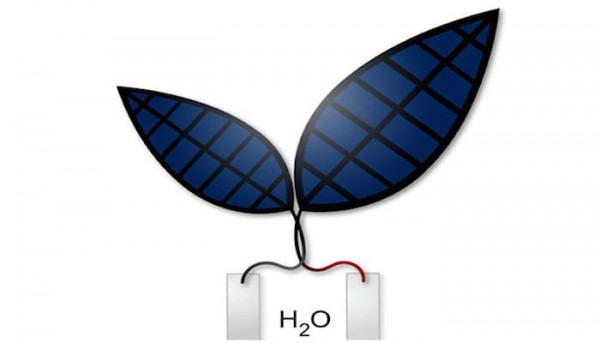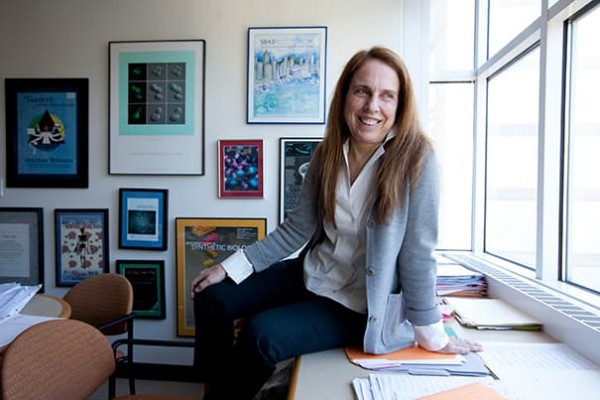Photosynthesis efficiency of new bionic leaves has been greatly improved: far more than natural light cooperation
According to foreign media reports, in the past few years, artificial leaves capable of photosynthesis have made great progress in R&D. In 2011, the first artificial leaf with a cost-effective, stable system was born. Two years later, the leaves were improved, and they began to have self-repair capabilities and were able to use non-clean water for photosynthesis. Now, scientists from Harvard have developed "second-generation bionic leaves," whose photosynthetic efficiency has increased dramatically and far exceeds the efficiency of natural photosynthesis. In addition, it was first used to make liquid fuels.

The project was carried out by Professor Daniel Nocrea of ​​Harvard University - a generation of bionic leaves also from the team he headed - and Professor Pamela Silver from the Department of Biochemistry and Systems Biology of Harvard Medical School.

Daniel Nocrea

Pamela Silver
Like the first generation, the second-generation bionic leaf also uses hydroponics. When it absorbs solar energy, it can break down water molecules into hydrogen and oxygen. These gases can be used for power generation after collection, but now, hydrogen can also produce liquid fuels under the influence of engineering bacteria.
It is understood that the new generation of bionic leaves can defeat the previous test results - and nature itself - mainly due to the merits of the catalyst used to generate hydrogen. The early use of nickel-molybdenum-zinc alloy catalysts also generates reactive oxygen when generating hydrogen, which destroys the engineered bacteria's DNA. For this reason, researchers had to make bionic leaves photosynthesis in a higher voltage environment, which would reduce the overall efficiency.
According to Nocera, in the new generation of bionic leaves, they switched to a brand new cobalt-phosphorus alloy catalyst, which helps the leaves avoid the generation of reactive oxygen species during the reaction, so they no longer need to provide too much for the leaves. Voltage, which can greatly increase the efficiency of its photosynthesis.
It is understood that this new catalyst can convert solar energy into bioenergy with a 10% efficiency, which is 10 times that of natural plants. In addition, this change can also tap into other potential applications.
Silver said: "The beauty of biology is that it is the world's greatest chemist -- biology can achieve chemical reactions that we cannot easily achieve. In principle, we have a carbon that can be produced down to any kind of carbon Of the molecule, so it has the ability to display its full potential."
Currently, researchers have used this system to successfully generate isobutanol, isoamyl alcohol, PHB and other compounds. In addition, because of its "self-healing" ability, the catalyst used has biological solubility. Nocera plans to launch this technology in a number of developing countries to help them solve energy problems.
Research reports have been published in the journal Science.
Refers to Outdoor Lighting other than road lighting. Outdoor lighting is required to meet outdoor visual work needs and achieve decorative effects.
Outdoor Lighting
Led High Bay ,Led Floodlight,Led Street Light,Outdoor Lighting
Guangzhou ZG Scaffolding.co.Ltd , https://www.zgscaffolding.com